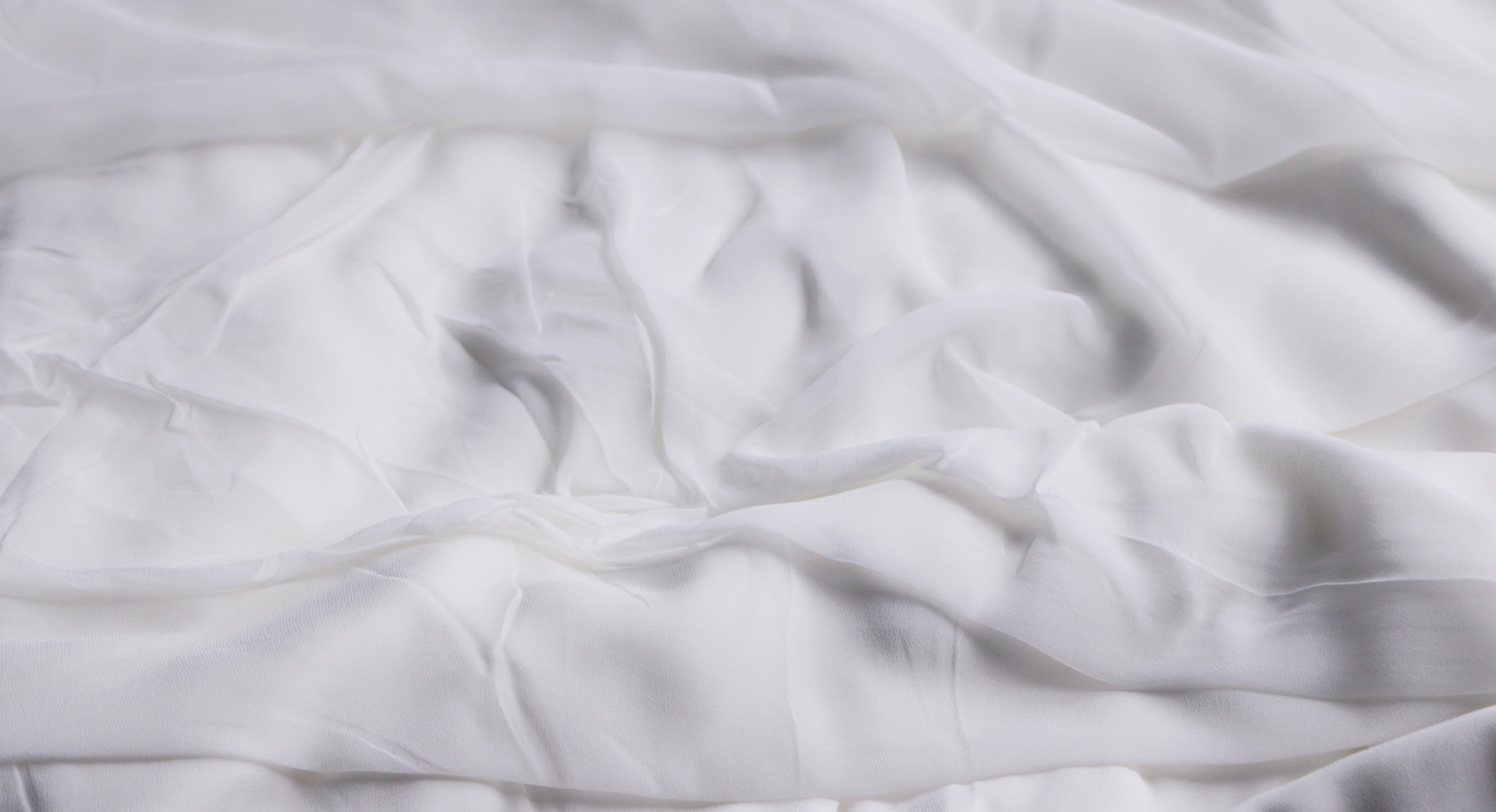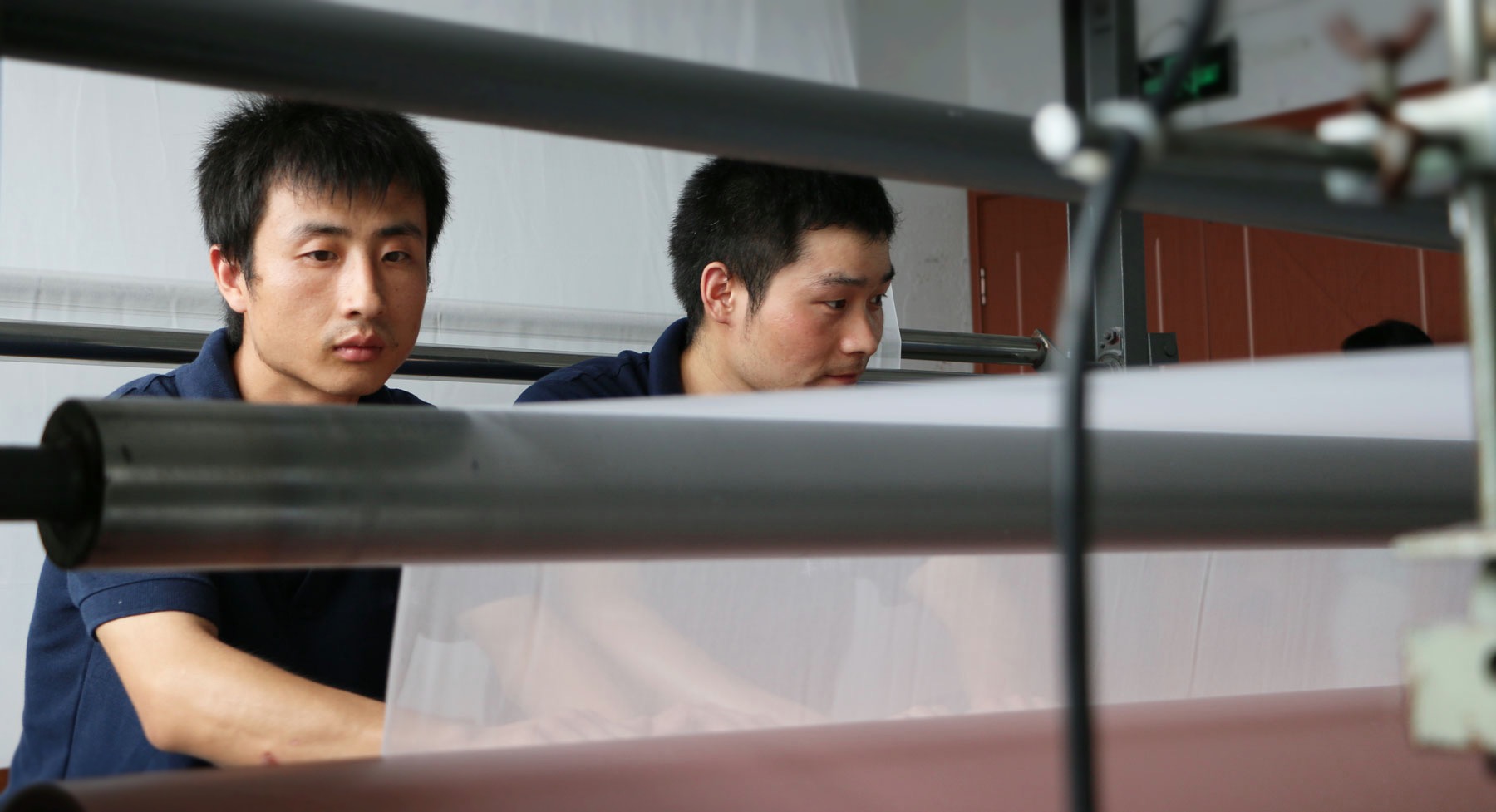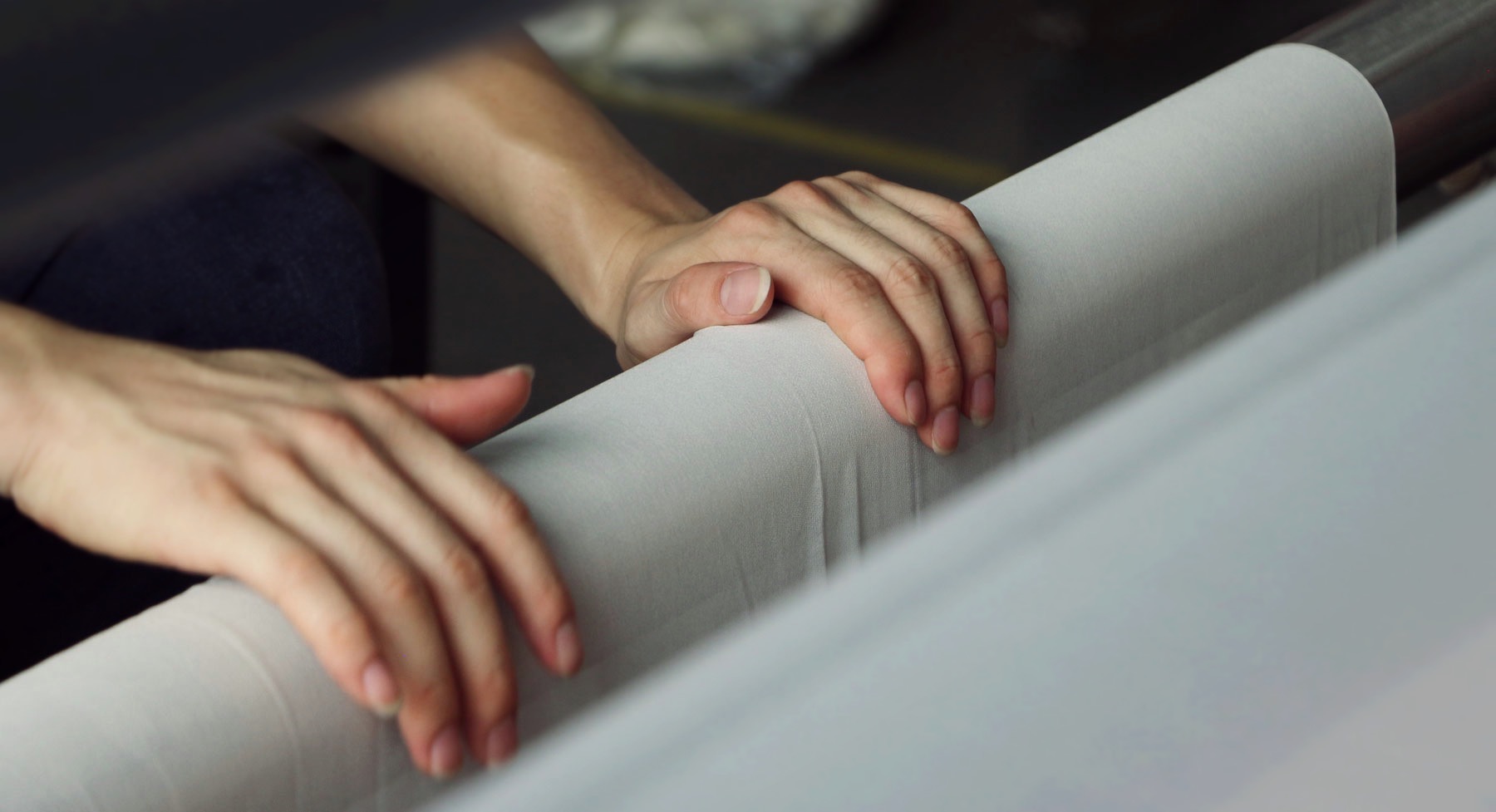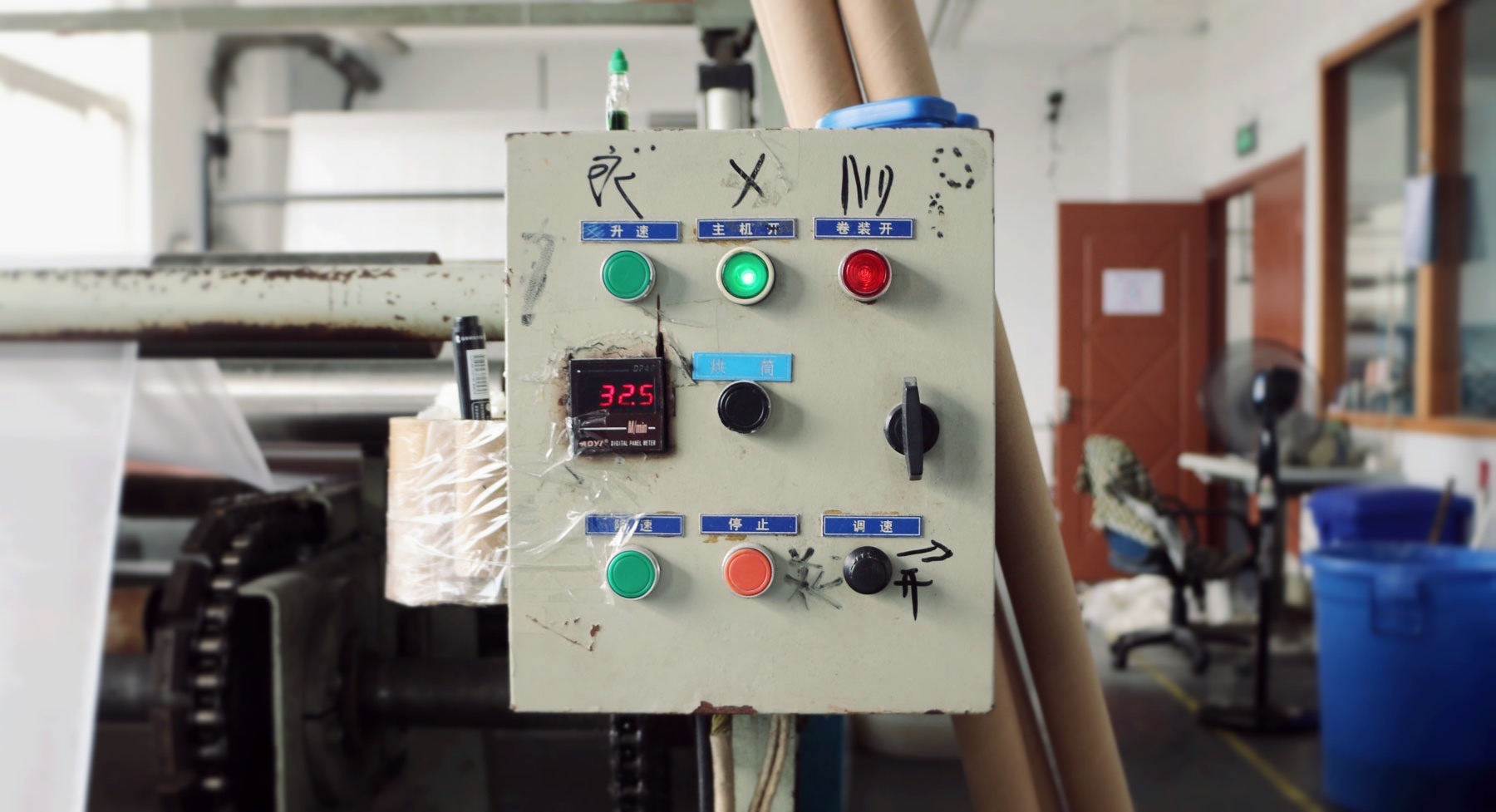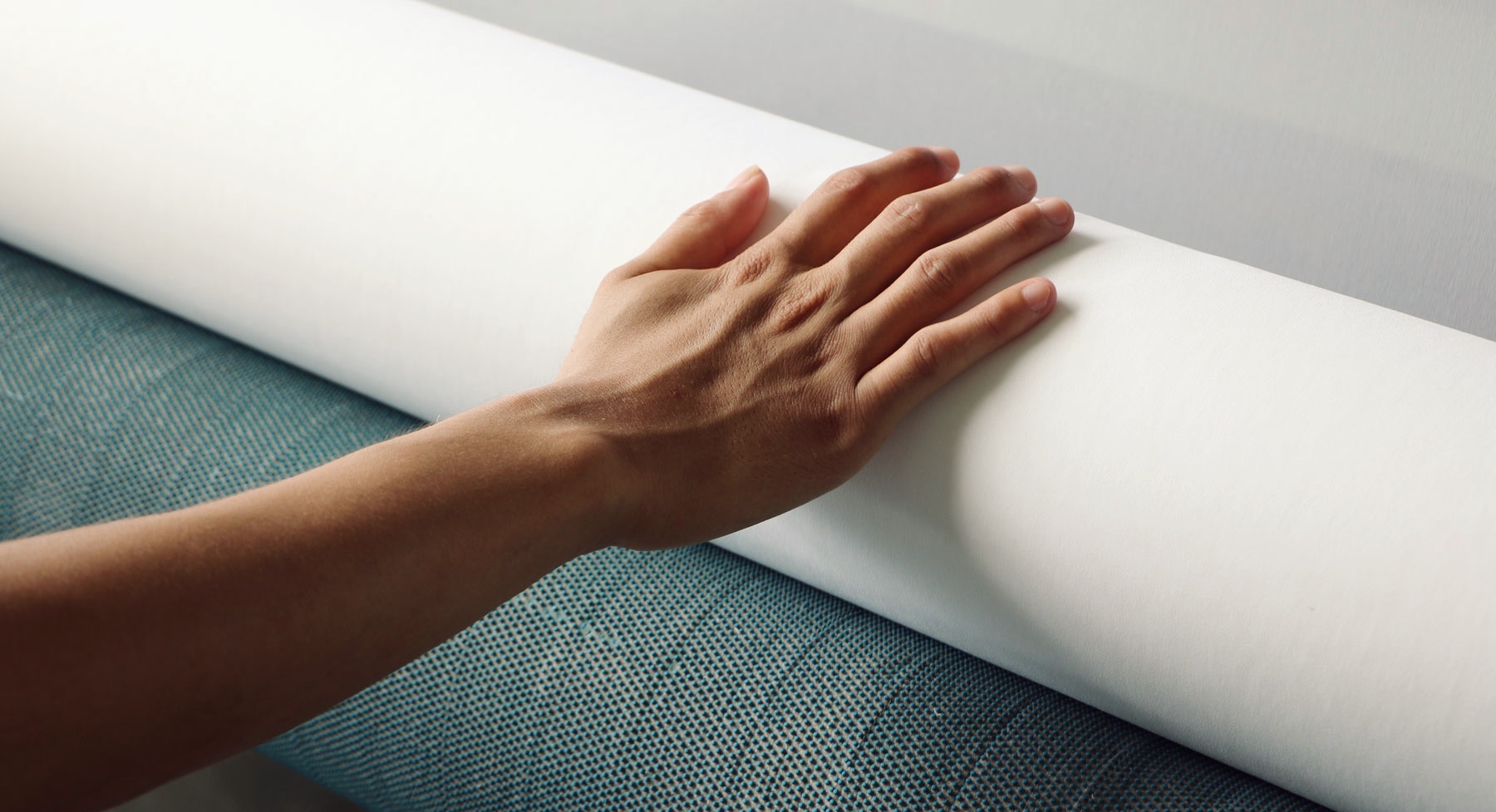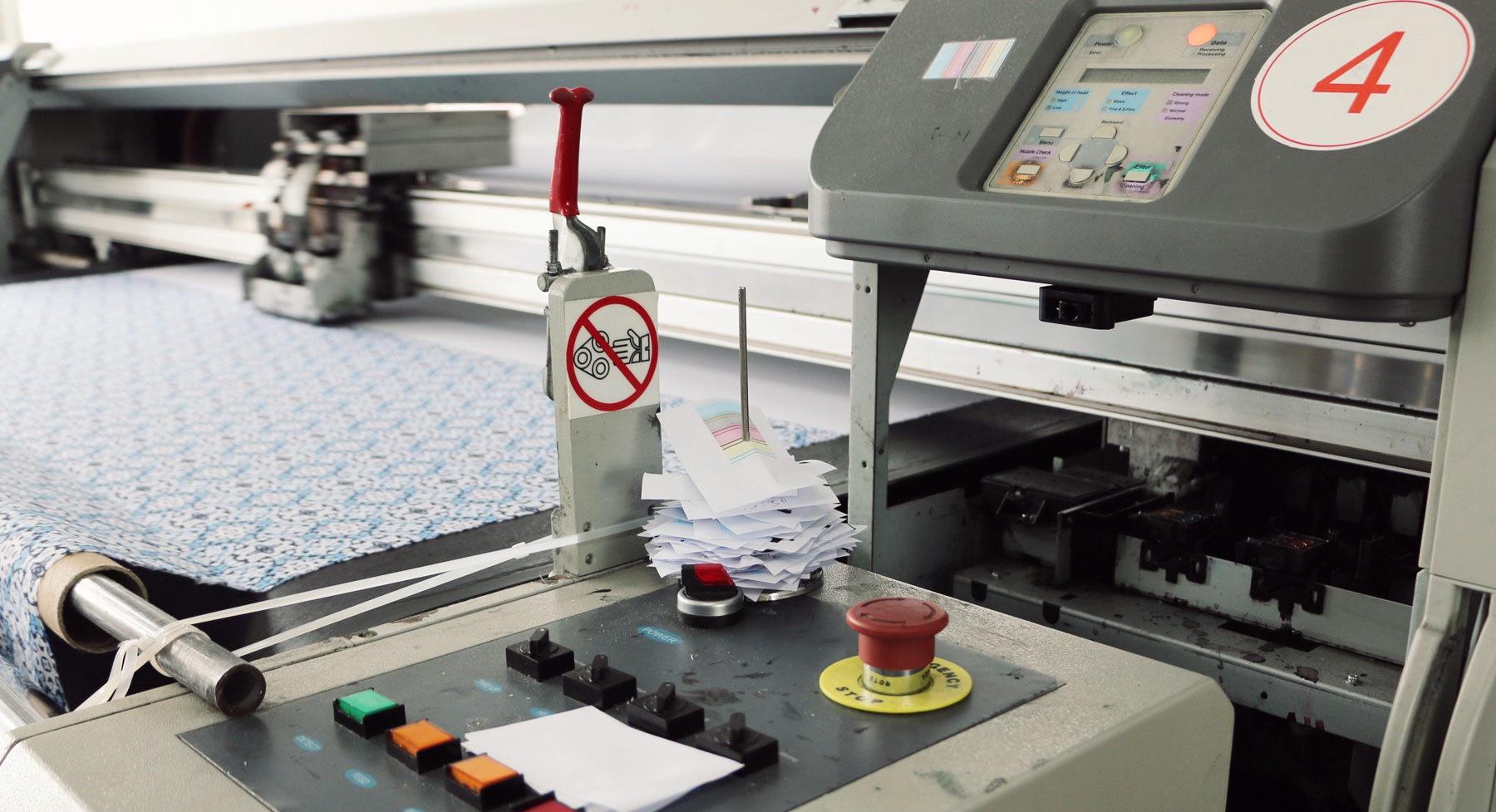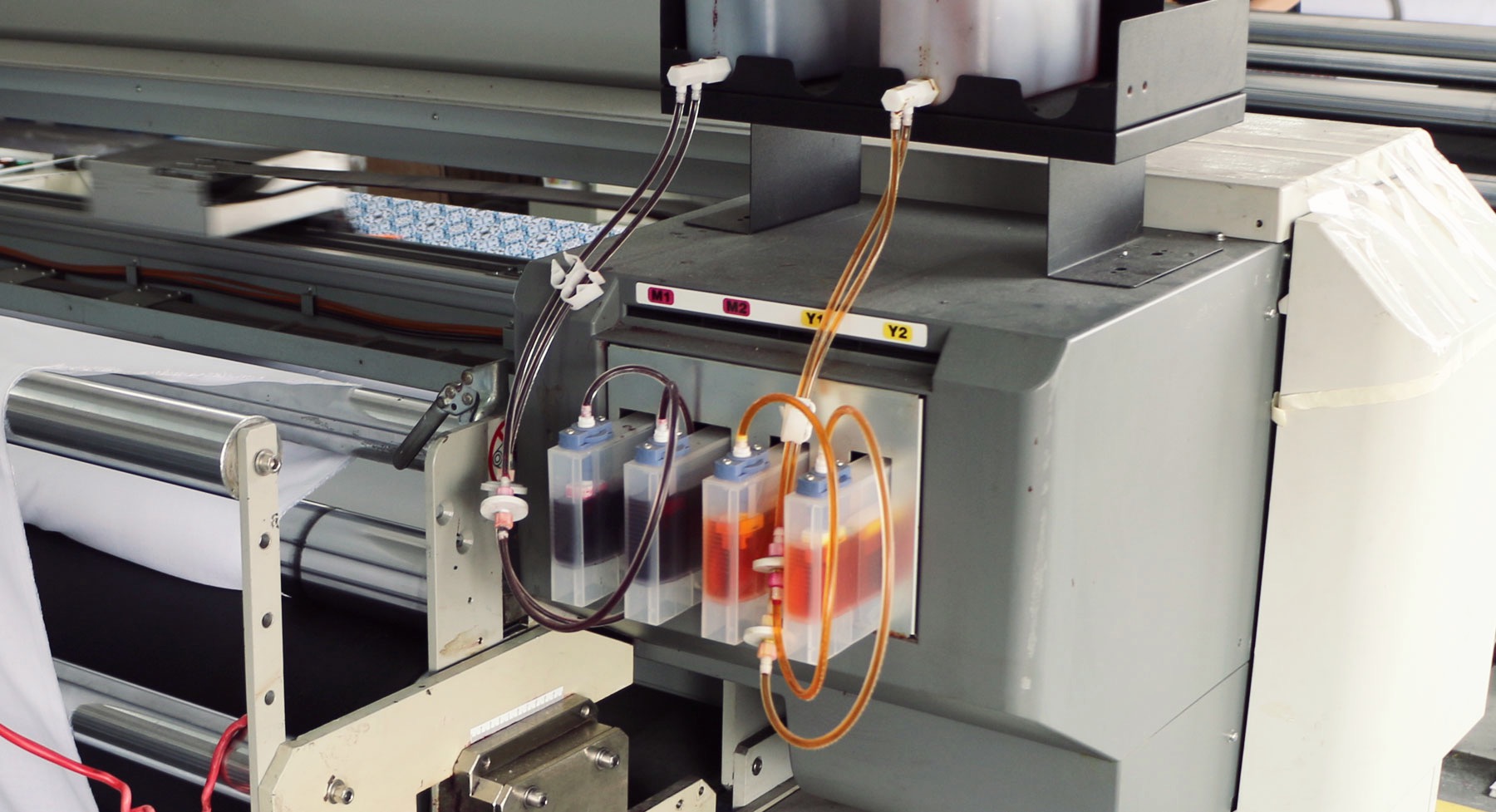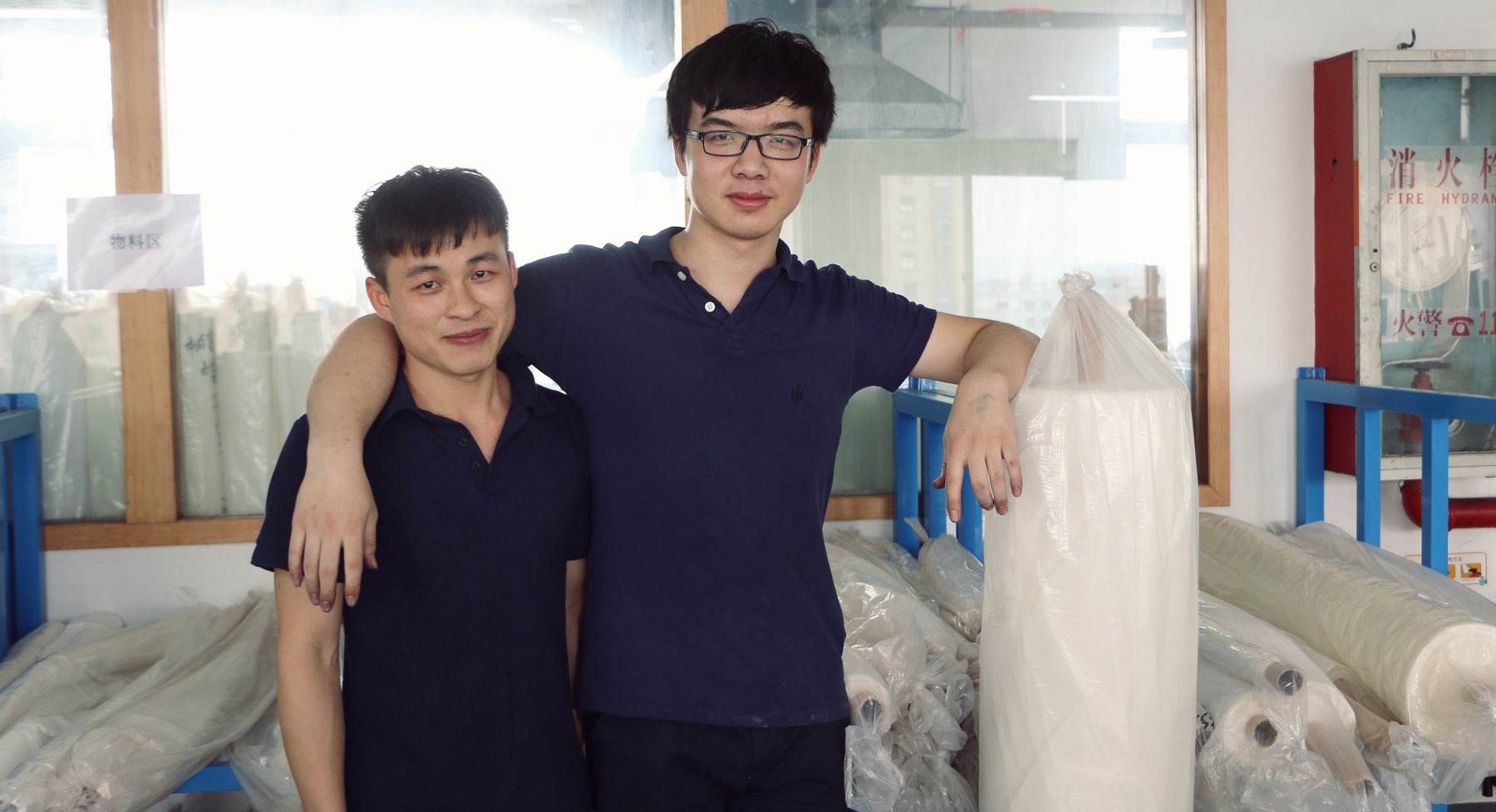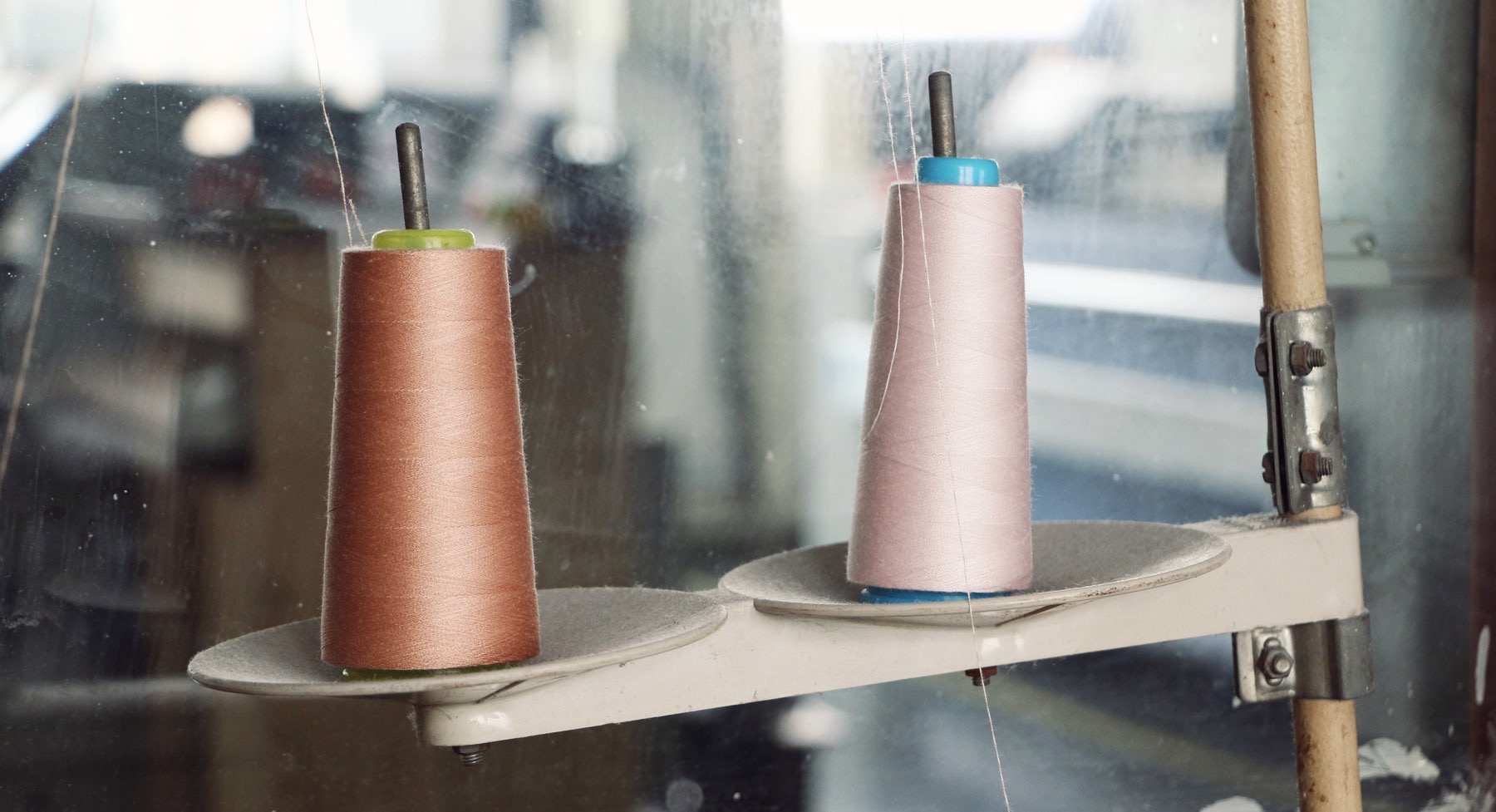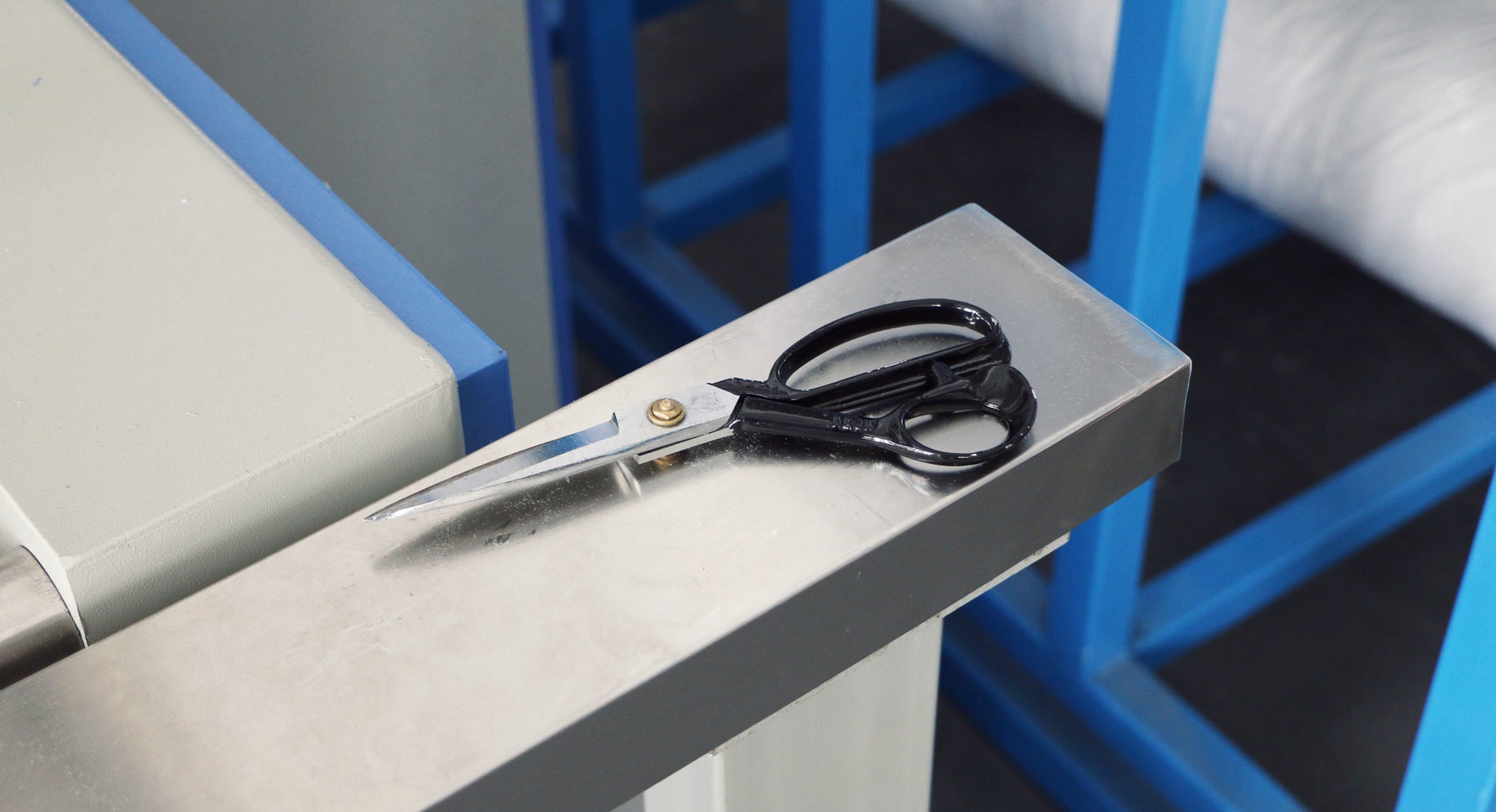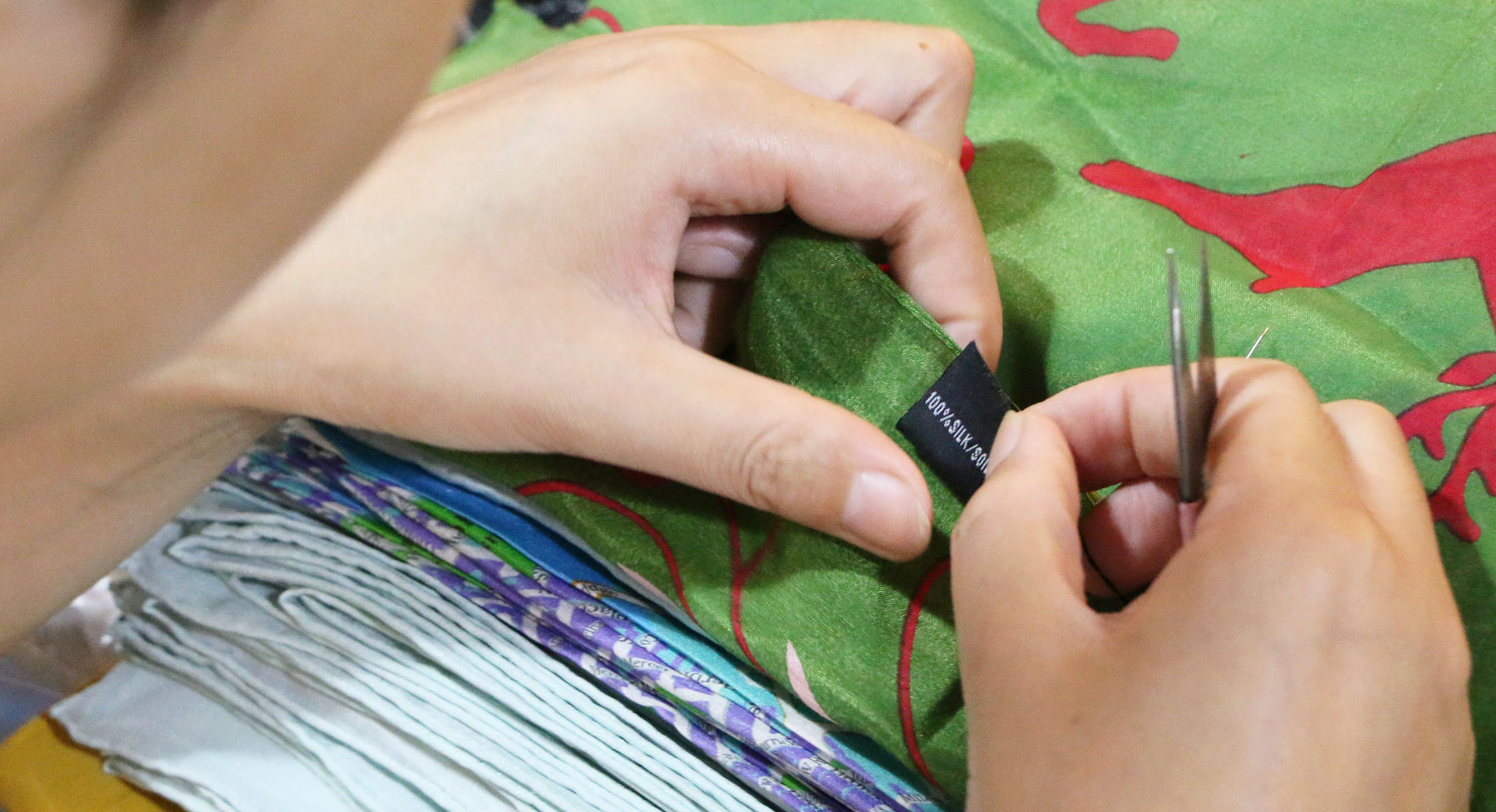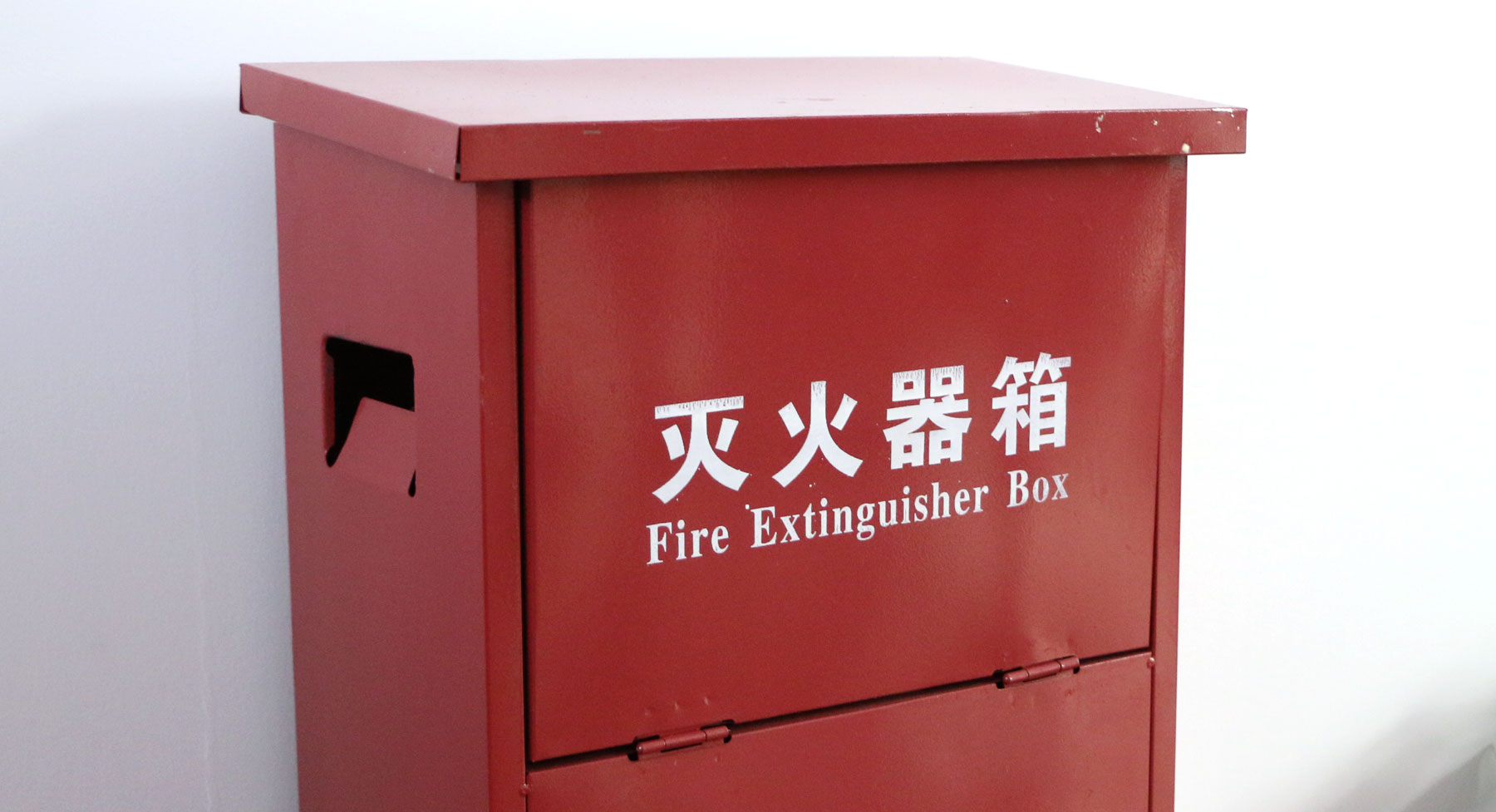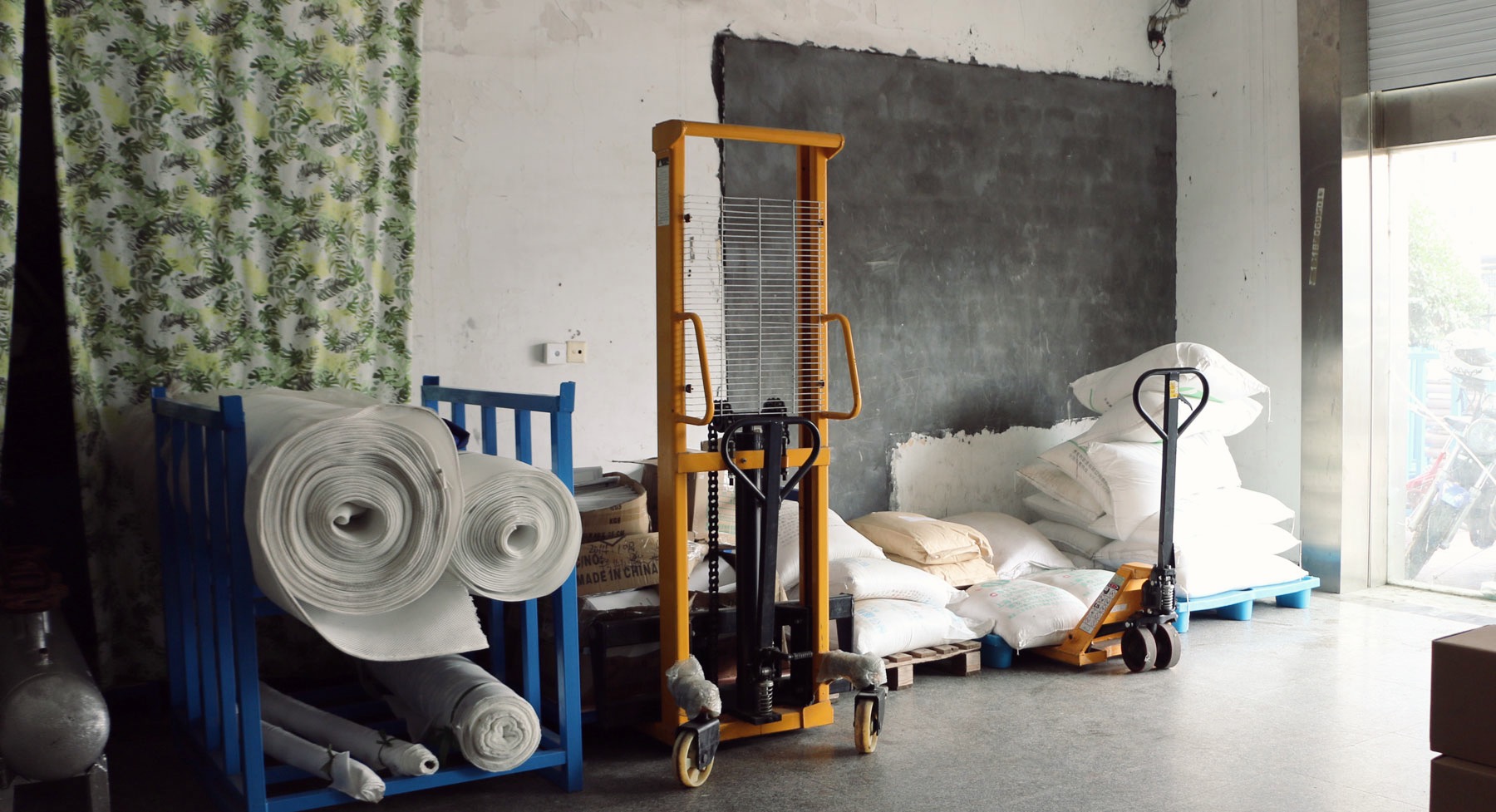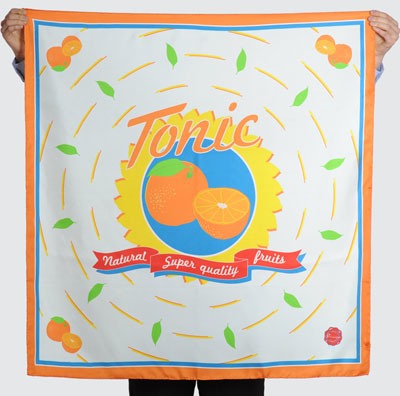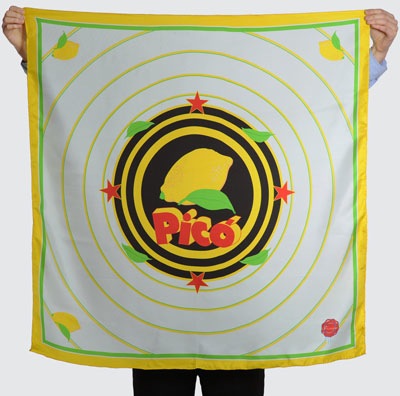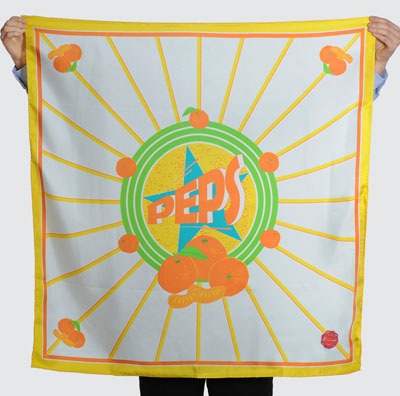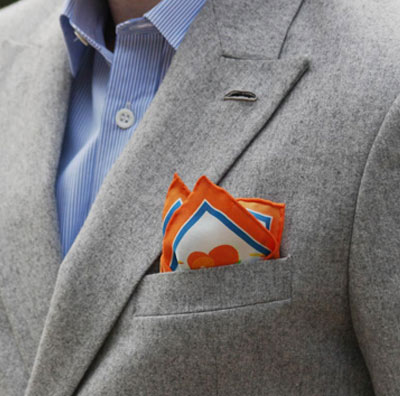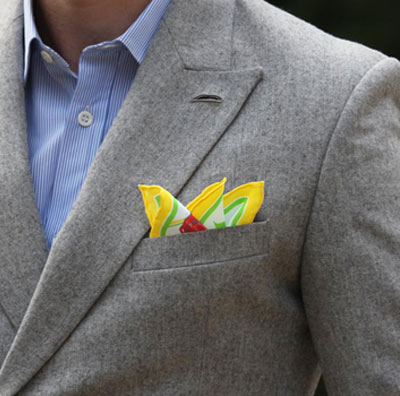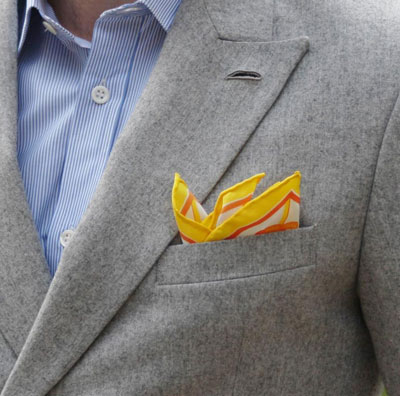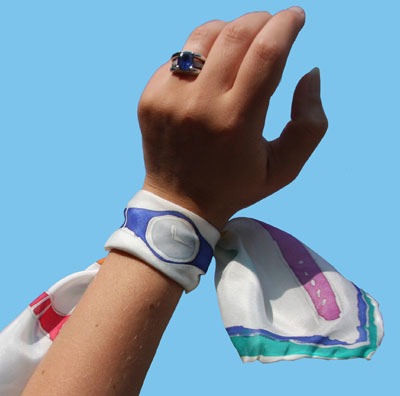
Making our silk collections
Proudly made in China
Legend has it that the process for making silk cloth was first invented by the wife of the Yellow Emperor, Leizu, around the year 2696 BC. The idea for silk first came to Leizu while she was having tea in the imperial gardens. A cocoon fell into her tea and unraveled. She noticed that the cocoon was actually made from a long thread that was both strong and soft.
Whether or not the legend is accurate, it is certain that the earliest surviving references to silk history and production place it in China; and that for nearly 3 millennia, the Chinese had a global monopoly on silk production.
Silk became a prized export for the Chinese. Nobles and kings of foreign lands desired silk and would pay high prices for the cloth. The emperors of China wanted to keep the process for making silk a secret.
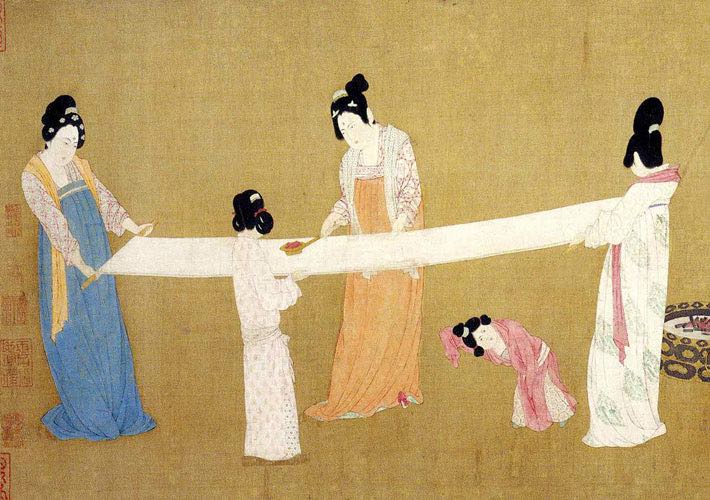
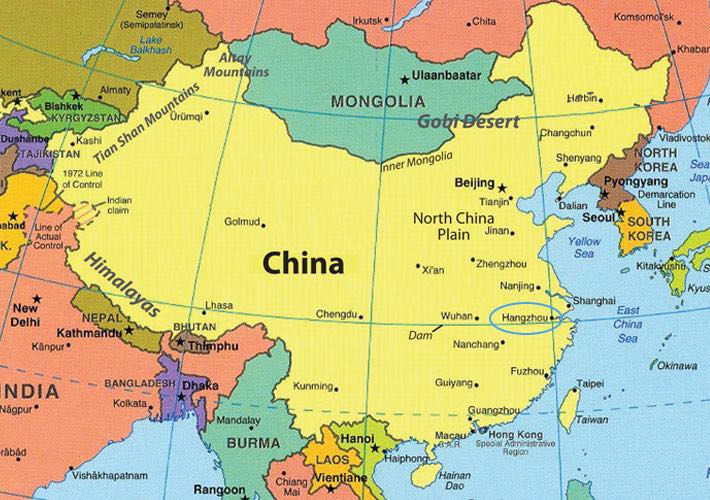
The Hangzhou Factory
The Hangzhou Factory
Established in 2005
100 Employees
8am to 6pm
Based in Hangzhou and established in 2005, this small five-story factory is a relatively new enterprise. The company employs 100 people: 80 factory workers and 20 office employees.
The employees are working 6 days a week from 8am to 6pm, and have their lunch break in the cafeteria on the second floor.
The silk comes from the Sichuan province. It is shipped to the Hangzhou factory and stocked in the warehouse on the third floor. The silk is then brought up to the fifth floor to be prepared and printed.
It first goes in a steam machine to get the fabric flattened and cleaned. This process is long and has to be overlooked by skilled workers.
The silk is then brought in the printing area, where the magic begins.
Using Italian and Japanese inks, the fabric is printed inch after inch. The silk then goes in a second steaming machine to fix the colors on the fabric.
Following this, each scarf is cut by hand, leaving extra value fabric to make the finished edges.
Finally, the scarves go to another facility where highly skilled workers will make the hand hem. The hand rolling: 1.5cm of the silk twill border is hand rolled on the back side of the fabric and then attached by a single silk thread. The process for a 90cm/90cm takes about 45 minutes.
Hand rolled: 45 minutes for a scarf
Shop our Silk collections
Acknowledgement: Facts about silk history in this writing have been borrowed from various sources such as Terexesilk and Ducksters.

